VIEW BY CATEGORY:
Hi, we're Hunter and Sarah, a husband-and-wife, luxury wedding photography team. We’re also educators, helping other photographers build profitable and sustainable photography businesses.
MEET US
LOOKING FOR SOMETHING?
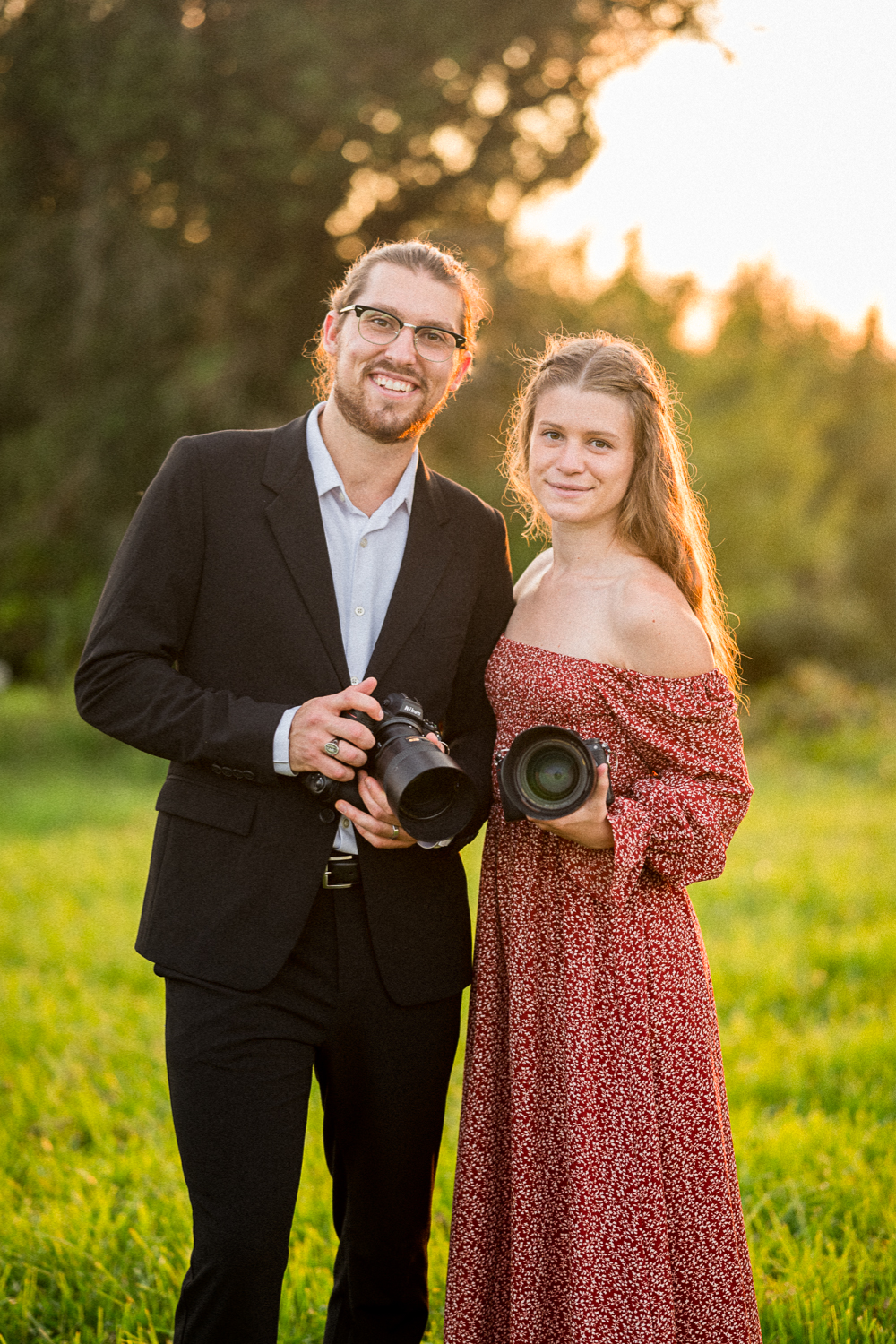
Camera Bag Essentials 1: Prime Lenses, 85mm vs 50mm vs 35mm
January 20, 2022
—
“What Lens Should I Buy Next?”
When mentoring our Apprentices and coaching our students, camera gear is often one of the first conversation topics to come up, especially for new photographers. I wish we could count how many times we’ve been asked “What lens should I buy next?”
Although we first wrote this blog series, “Camera Bag Essentials” in the fall of 2018, we decided that we are well overdue for an update! We can still remember what it was like when our little photography side-hustle actually started to make some money, and maybe you’re in the same place now. Maybe that camera that you got as a present or bought for yourself a while back is actually generating some cash! But where do you go from here? What lens is best for your business? A 85 mm or a 50 mm or a 35 mm?!
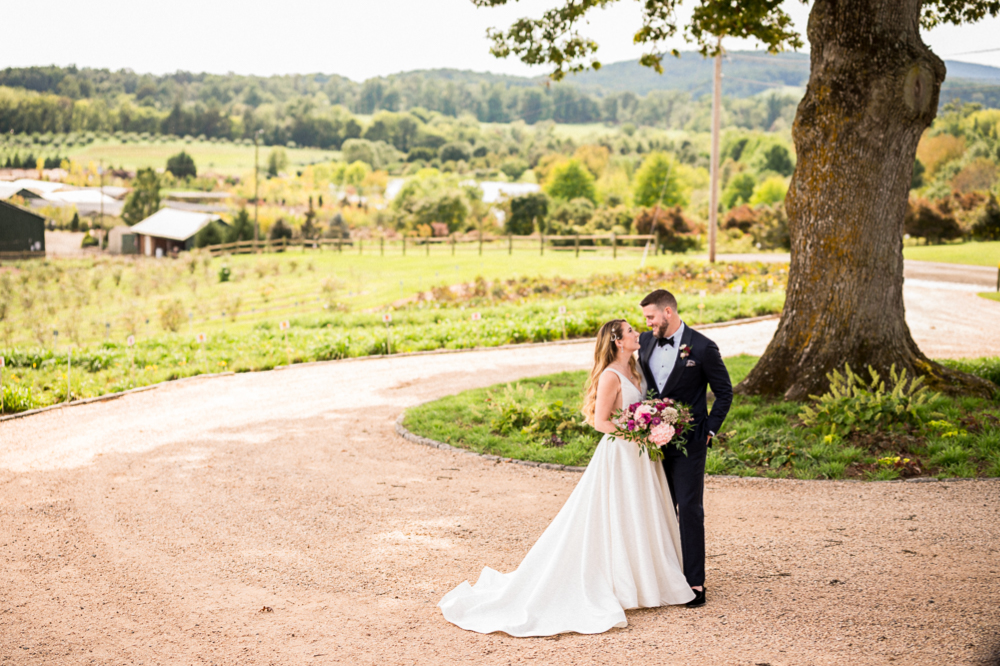
Build Your Photography Arsenal Debt-Free
When Sarah and I were in our first days of photography, we knew that we never wanted to go into consumer debt to purchase our gear (buying a lens on a credit card and paying it off over time), especially since it was just a hobby at first. So as soon as we finally started to make some money from our photography, we began stowing every dollar away a keeping our eyes out for that next piece of gear to buy (more on that concept here when starting a new photography business).
However, because we weren’t shooting that often and weren’t making that much money when we did, it took months of hard work to save up for that next piece of gear! Then, when we had done enough jobs, we’d “break the piggy bank” and pay cash for that next lens or camera body.
Our hope and prayer is that this blog entire series will help you think critically about what to invest in next as your business grows. So let’s dive right in.
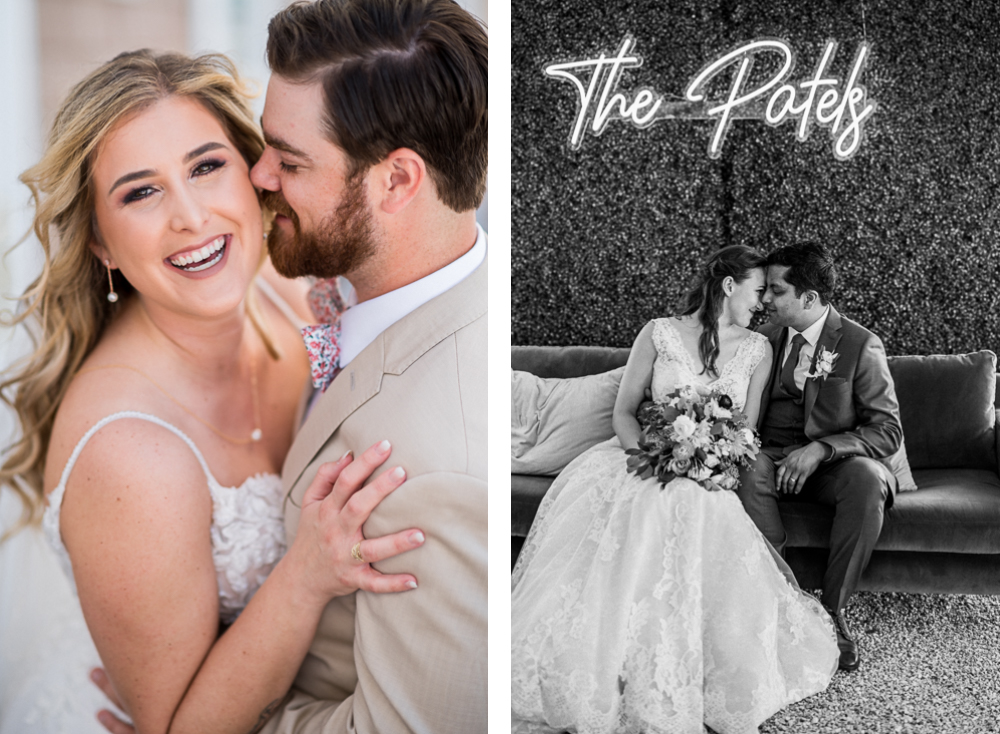
How to Get Blurry Backgrounds in Portraits: Prime Lenses and “Aperture”
Have you ever wondered how professional photographers get blurry backgrounds in their photos, when even your brand new Nikon D3500, Nikon Z50 or Canon Rebel can’t? Well, it isn’t the camera but actually the lens itself that makes the difference! Really, it all comes down to something called “aperture”. Aperture is one of three settings that photographers primarily use to control their images, and is essentially a measure of how wide your lens can open up and let light into your camera’s sensor.
When your aperture is “closed-down” (when your aperture or “f-stop number” is high like f/16 of f/22), then you’ll get photos that are in-focus from the foreground to the background. Landscape photography uses higher aperture numbers to make sure that the entire image is in crystal-clear focus.

Notice how the vineyard post closest to camera is in focus, but so are all the other posts, and even the mountains behind! This is what shooting with a closed-down aperture does for your images.
However, as portrait and wedding photographers, we want to make sure that our subjects are the star of their show, and the rest of their environment takes a back-seat. This means we want our aperture “wide-open” (a low aperture or f-stop number like f/1.4 or f/1.8). When you do this, you can capture images with razor sharp focus on your subject, but silky-smooth backgrounds that don’t distract the eye.
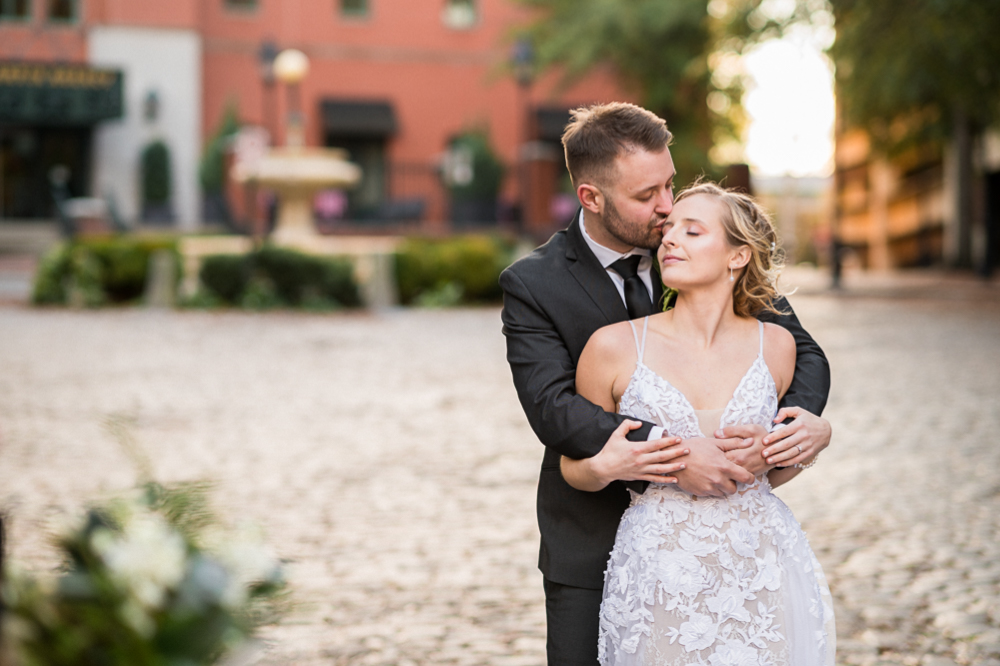
Notice how in this image, Bailey and Charlie really POP from their background, and the focus is so clearly on THEM. That’s the beauty of wide-open apertures!
Why You Need a Prime Lens
So what are prime lenses, and what do they have to do with aperture? It’s actually easier to first describe what prime lenses aren’t; they aren’t zoom lenses! In all likelihood, your first camera included a “kit lens” — a basic zoom lens with a focal length from 18-55 mm or 18-105 mm. However, the minimum aperture was likely f/3.5 when zoomed out at 18mm, and f/5.6 when zoomed in at 55 mm.
If this doesn’t mean anything to you yet, don’t worry – all that you need to know is that that isn’t a very wide aperture. Each of the three lenses we discuss below have a minimum aperture of f/1.8, which is significantly “faster” (lower f-stop, wider aperture) than the lens that likely came with your first camera! However, when it comes to light, there’s always a trade-off. How do lens-makers get an aperture so low on prime lens? Often, it means they’ve essentially removed its ability to zoom (or made it heavier or more expensive).
So, to summarize, a prime lens has two distinguishing characteristics: it cannot zoom (has only one focal length, 50 mm for example) and it has a wide aperture when compared to zoom lenses (like a minimum of f/1.8 or f/1.4). This makes them great for low-light situations, or for portraiture when a blurry background is desired! Since most photographers get their start capturing portraits or events for friends and family, we suggest that every photographer’s first investment (once they have a camera) is in a nice beginner prime lens!
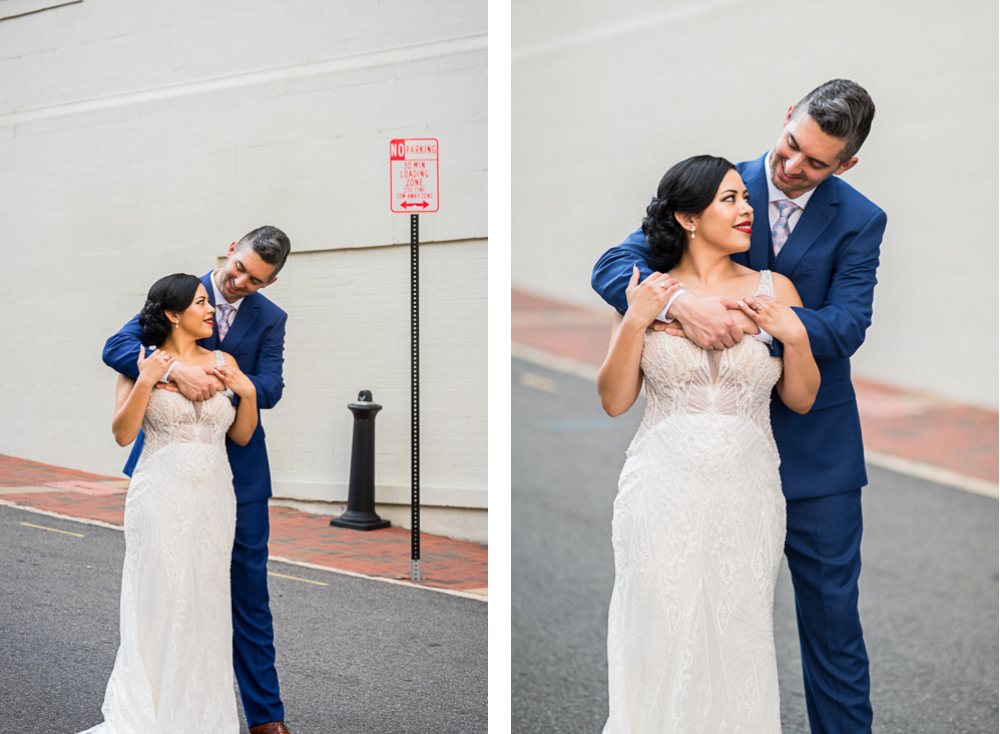
In the comparison above, the photo on the left was taken by one of our apprentices at f/5.6. Notice how the sidewalk and the no-parking sign are in pretty clear focus? Now look at the photo on the right, taken at f/1.8. Notice how blurry the sidewalk is, even though both of these images were taken at 85 mm? We feel like our couple, Roxanna and Arek, are really the stars of the show in the image on the right!
So, Which Prime Lens is Right For Me? 85 mm vs 50 mm vs 35 mm
Nikon and Canon each have dozens of prime lenses for sale. Sarah and I currently own seven prime lenses 😂 But for beginning photographers who are trying to grow their arsenal without breaking the bank, we recommend purchasing one of the following lenses as your first prime lens:
- The 50 mm f/1.8 – This is one of the most popular choices for beginner photographers as their first lens purchase. Whether you shoot with Nikon or Canon, it’s one of the cheapest autofocus lenses that the major camera-makers sell, and the DSLR version will run you no more than $200! It’s medium-angle focal length makes it a great generalist lens – capturing portraits and photojournalistic shots in equal measure. If you’re planning on shooting portraits, events, nature, landscapes – a bit of everything – this is definitely the prime lens for you! Although Sarah now shoots with the (~12X more expensive) mirrorless f/1.2 version, this is her go-to lens 95% of the time!
- The 85 mm f/1.8 – While not as popular as the 50 mm, this was the first prime lens that I began shooting with, and I absolutely fell in love with it from the very start! Its more “telephoto” (zoomed-in) focal length makes it impractical for most types of photography outside of portraiture, but that’s exactly why we love it so much for portraits. It isolates and compresses the background in such a way that will really set your portraiture apart. If you aren’t planning on shooting anything but portraits for the time being, and are comfortable leaving everything else for your kit lens, you may want to make the investment of $400 or more for this piece of glass. Keep in mind, it does mean you’ll end up further from your subjects a lot of the time, so be prepared to project your voice a bit more!
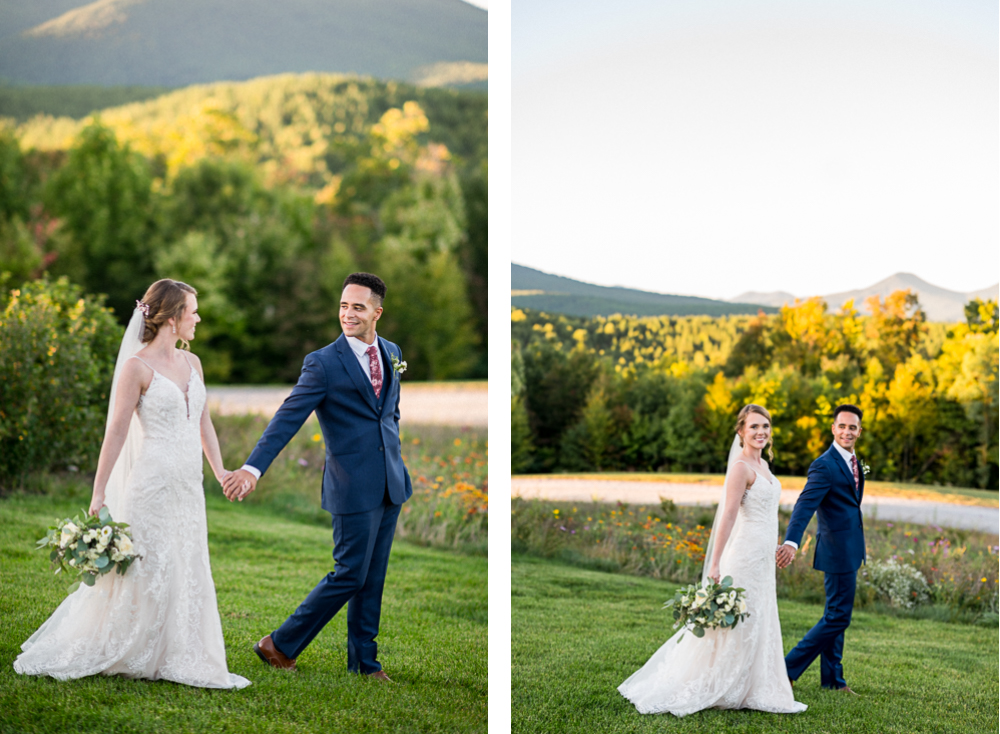
In the comparison above, the image on the left was taken with the Nikon 85 mm f/1.4 G lens and the one on the right with the 50 mm f/1.2 S lens. We were both shooting at f/1.8 and standing around the same spot. Hopefully this gives you an idea of the background compression, sharpness, and level of zoom that each lens provides!
- The 35 mm f/1.8 – While we certainly think that the 35 mm is a great lens, and one that is worth buying eventually, we actually don’t think it should come before either the 50 mm or the 85 mm as your first prime lens. It takes absolutely beautiful wide shots, and can be used for more close-up work with a more fish-eye aesthetic. But we feel like it’s a bit too limiting to have as your only prime lens, and it’s wider focal length means it has less background compression. That means the backgrounds will be less blurry, which makes your photos look more similar to the type of images that anyone with a kit lens (or an iPhone) can take.
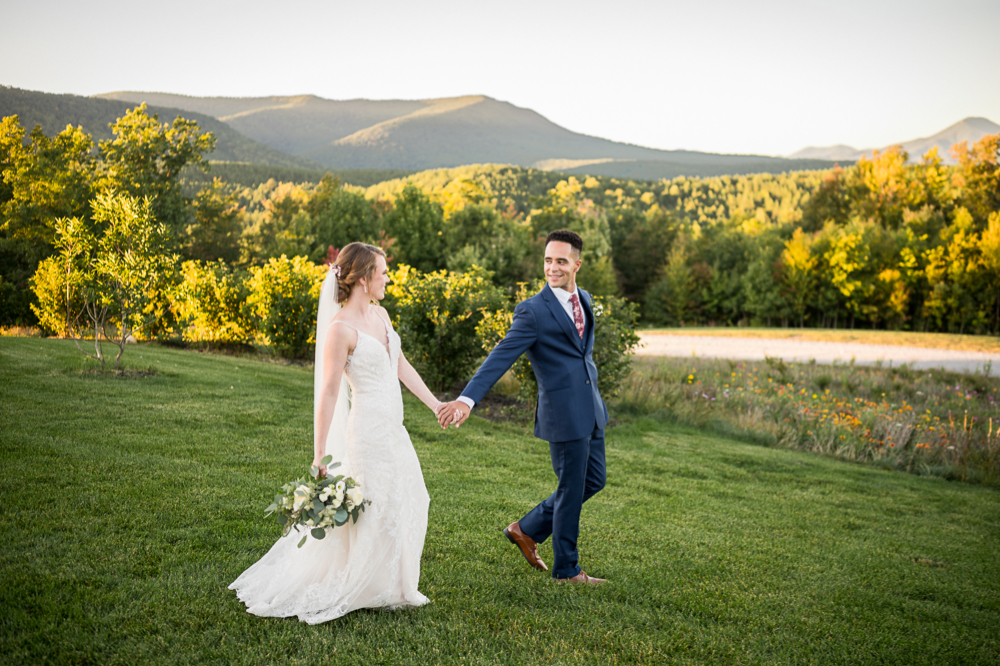
To this day, I shoot with the 35 mm as my secondary lens (I always have two cameras strapped to my body during portraits and weddings). But it’s more of a second option to my 85 mm, which I still shoot with for ~75% of my portrait work. And a lot of photographers we know also use the 35 mm as a second lens, and very rarely as their primary/only lens.
Well, we hope that this has been helpful for everyone looking to make their first investment in photography gear! Each week we’ll be talking through our favorite pieces of gear and why we bought them, and hopefully helping you figure out exactly what you need to achieve your photography goals!
Want More?
Click HERE to get your free copy of our eBook: “5 Essential Tips for Turning your Side-Hustle into a Full-Time Photography Business.” You’ll also be subscribed to our newsletter, so our newest content, weekly encouragement, and exclusive offers will be delivered right to your inbox!
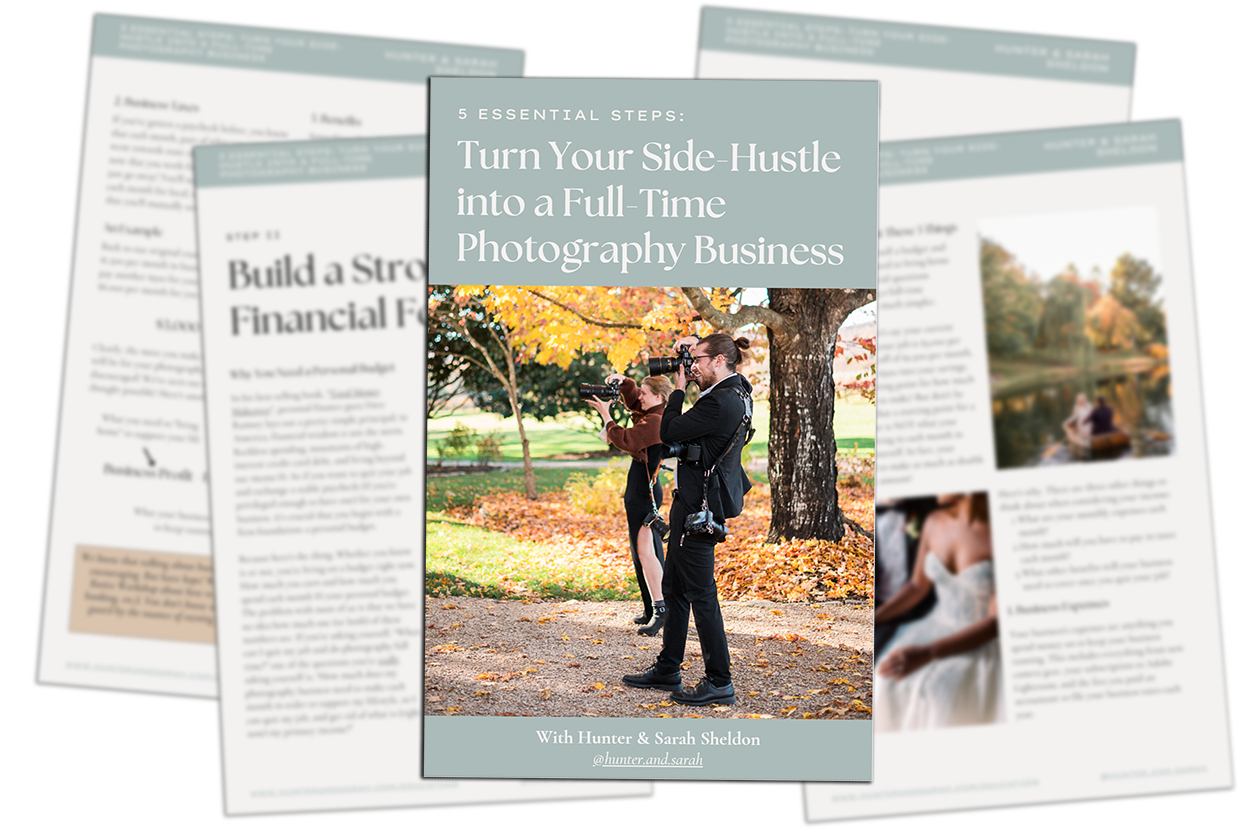
—
Shopping List!
If you’re planning to purchase anything that we talked about today and we helped you make your decision, it would mean SO much to us if you purchased it through the links below! You’ll pay the same price as you normally would on Amazon, but Amazon would share a small slice of the profit with us. You’ll get what you need, support a small local business (us), and show us that our advice really has been helpful! Thanks! [Prices shown as of date of publishing, and are just for comparison/reference]
For Mirrorless Z Cameras:
- Nikon Z 50 mm f/1.8 S [$600]
- Nikon Z 85 mm f/1.8 S [$800]
- Nikon Z 35 mm f/1.8 S [$850]
For DSLR Cameras:
- Nikon F-mount 50 mm f/1.8 [$175]
- Nikon F-mount 85 mm f/1.8 [$475]
- Nikon F-mount 35 mm f/1.8 [$550]
—
Check out the rest of the series below!
-
- Camera Bag Essentials 0: DSLR vs Mirrorless: Nikon D750 vs Z6 vs Z6ii
- Camera Bag Essentials 1: Prime Lenses: 85mm vs 50mm vs 35mm
- Camera Bag Essentials 2: Wide Angle Lenses: 35mm vs 24-70mm vs 14-24mm
- Camera Bag Essentials 3: Four Reasons to Buy a Telephoto Zoom Lens: The 70-200mm f/2.8
- Camera Bag Essentials 4: How to Up Your Detail-Photo Game with a Macro Lens
- Camera Bag Essentials 5: Using Reflectors and Flashes as a Natural Light Wedding Photographer
- Camera Bag Essentials 6: Why We Used Off-Camera Flash as Wedding Photographers… But Don’t Anymore
- Camera Bag Essentials 7: How to Know When It’s Time to Upgrade Your Camera Body
- Camera Bag Essentials 8: How to Know When You’re Ready for a New Prime Lens
- Camera Bag Essentials 9: Everything You Need to Know to Protect Your Camera Gear
- Camera Bag Essentials 10: 10 Wedding Photography Accessories You Didn’t Know You Needed
Filed in:
Wedding Photography & Photography Education
Charlottesville, Virginia and Beyond
HOME
ABOUT US
WEDDINGS
JOURNAL
FOR PHOTOGRAPHERS
PRESS & PRAISE
BLOG
CONTACT
e. hunter@hunterandsarahphotography.com
p. (434) 260-0902
